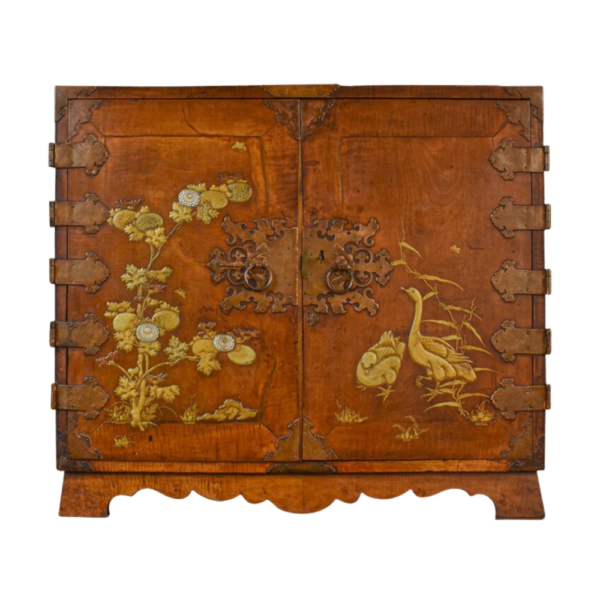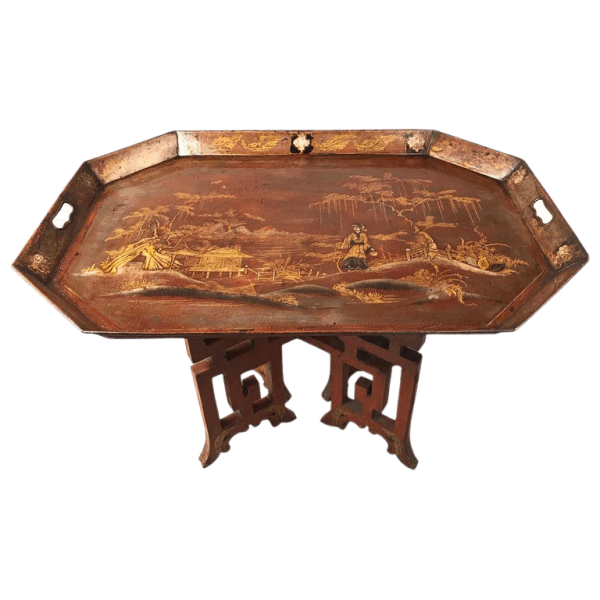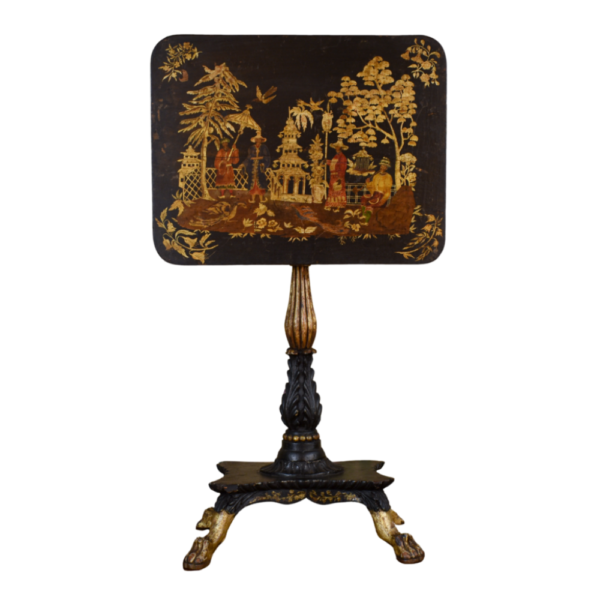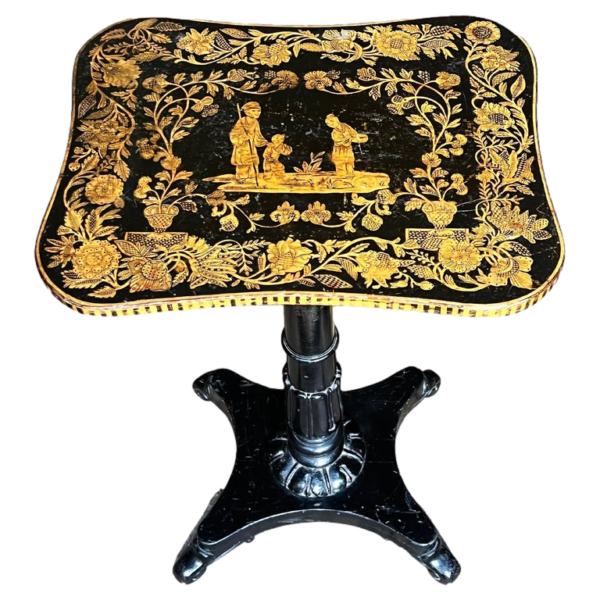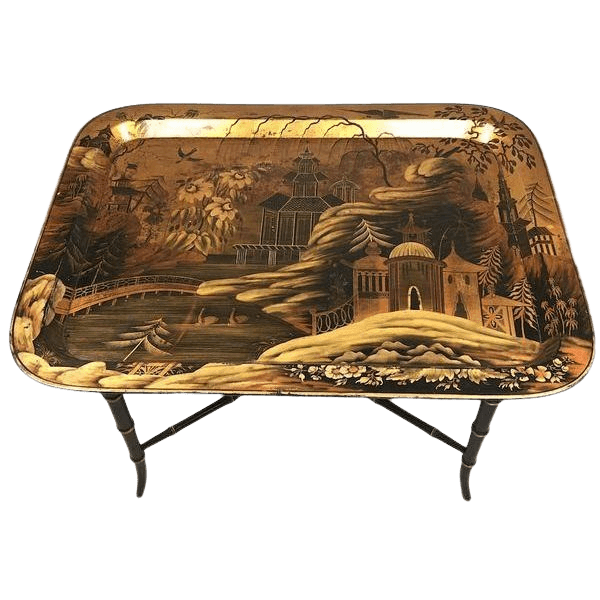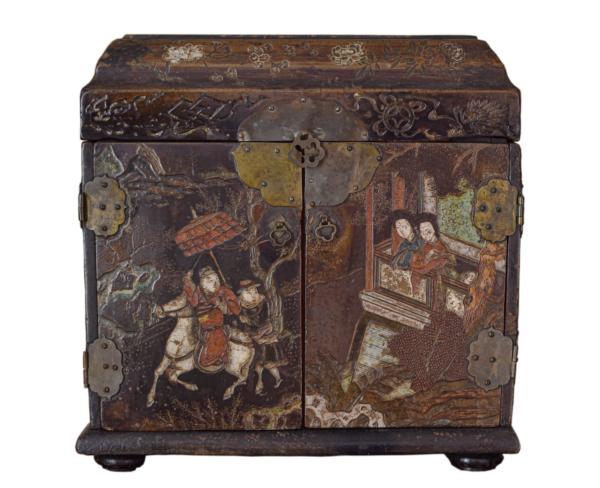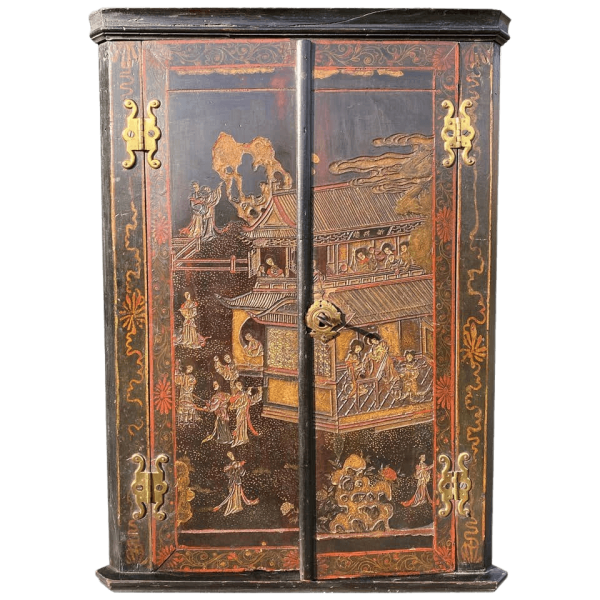A brief dive into this fascinating subject of Chinoiserie – with more detail to follow – do keep an eye on our posts. Dates herein are approximate:
Having been born in the Dutch East Indies I have from an early age been very interested in export items from the Far East. I had many adventures along the old silk routes, time in Indo-China, Cambodia, Burma and India’s Coromandel coast.
As a young lad, I spent many hours in and out of antique shops examining and spending pocket money on excavated items from both land-based and off-shore shipwreck sites associated with the EIC and VOC. This interest never left me and deepened after my parents started their collecting, eventually evolving at their retirement in the UK, from being collectors into starting a full-time business in the 1950s.
In those days interest in Far Eastern works of art and antiques was more limited, reflected in an abundant supply at very reasonable prices. It wasn’t until the 1970s that the demand picked up and I found myself able to partly specialise in what was ‘English’ chinoiserie furniture.
The fascination for chinoiserie developed almost into a craze during the reign of Charles II (1660-1685) with imports via the EIC (founded in 1600). This ‘craze’ lasted until Queen Anne (1665-1714).
Thomas Chippendale (1718-1789), inter alia, revived the interest in chinoiserie and took it to another level, when eventually George IV (1762-1830) stunned the world with the building, decorating and furnishing of the extravagant Royal Pavilion in Brighton; an absolute must visit for anyone interested in English chinoiserie. This craze spread into much of Europe, often taken to exotic levels of the highest sophistication when combined with the Rococo fashion of the early 1730s newly emerging in France.
With the accession of William IV and Victoria, followed by the Industrial Revolution, societal tastes changed dramatically with occasional late 19th- and 20th-century chinoiserie ‘revivals’.
Chinoiserie furniture from the early period – which became my passion – has become rare and highly collectable. You can be assured of a selection at boxhouse-antiques.com where a welcome awaits you.
A Fine 17th Century Japanese Mulberrywood Gilt-Lacquer Cabinet
Large Regency Chinoiserie Japanned Tôle Tray Table
A Fine And Rare Regency Chinoiserie Occasional Table
An English Regency Period Penwork Occasional Table
Regency Polychrome Papier Mache Chinoiserie Tray Table



